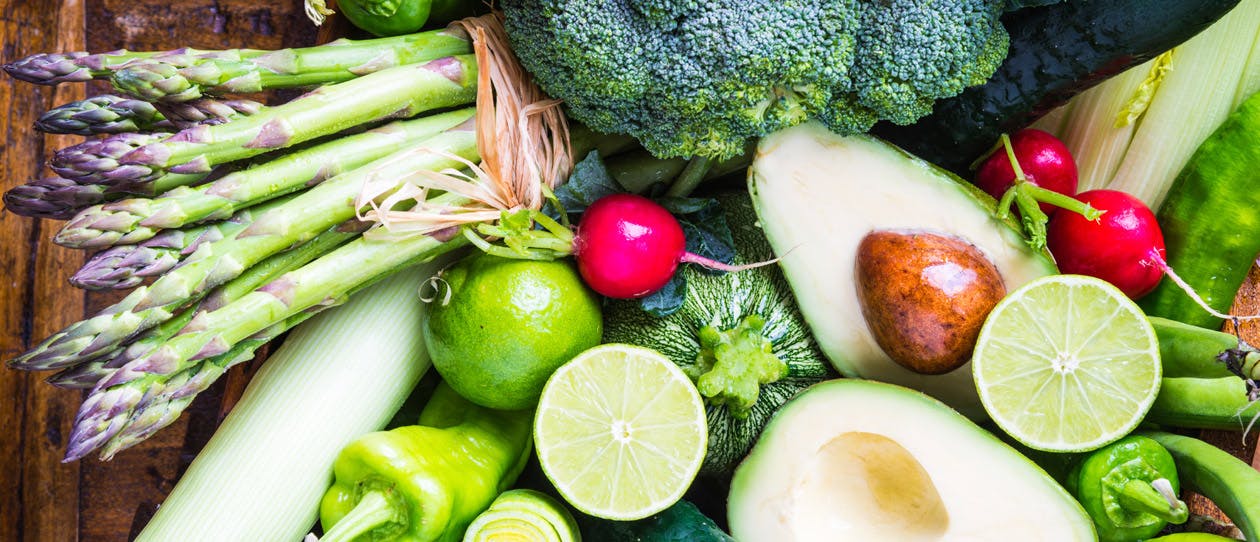We are often advised to eat a wide variety of fruits and vegetables to help achieve and maintain a healthy weight. Compared to processed foods, fruits and vegetables are generally lower in kilojoules, sugar and fat, and also supply a healthy dose of fibre and nutrients.
However, based on their specific nutrient composition, some particular fruits and vegetables may be more or less beneficial for maintaining or achieving a healthy weight.
What to look for
The components of fruits and vegetables that may result in varying degrees of impact on weight change include:
- Fibre content- higher fibre helps you to feel fuller for longer which in turn may reduce total energy intake and prevent weight gain
- Glycemic load- foods which trigger a lower glycemic response produce fewer and smaller glucose spikes after eating, which may decrease subsequent hunger and reduce total energy intake
- Sugars- found in moderate amounts in fruit, but concentrated in fruit juice, too much is associated with an increased risk of weight gain
- Polyphenols- biologically active nutrients concentrated in fruits and vegetables that may influence insulin sensitivity and gut microbes
The research
Research published in
PLoS online examined which types of fruits and vegetables had the most significant impact on weight loss, and weight gain.
over the study followed over 130,000 American adults over 24 years, and found that overall, an increase in both total fruit intake and total vegetable intake reduced the chances of weight gain.
However, some vegetables and fruits were found to be more beneficial than others.
Fruits and vegetables that were higher in fibre, and lower in glycemic load were also found to be the most beneficial in terms of weight management.
READ MORE: Low GI vs. low fat – which diet is best?
Both cruciferous and green leafy vegetables had a positive influence, while, starchy vegetables including baked, boiled or mashed potatoes, peas and or corn actually contributed to weight gain.
Beneficial fruits included blueberries, prunes, apples, pears, strawberries, grapes and grapefruit.
The results were irrespective of individual differences in body mass index, physical activity, hours of sitting or watching TV, hours of sleep, and alcohol intake.


